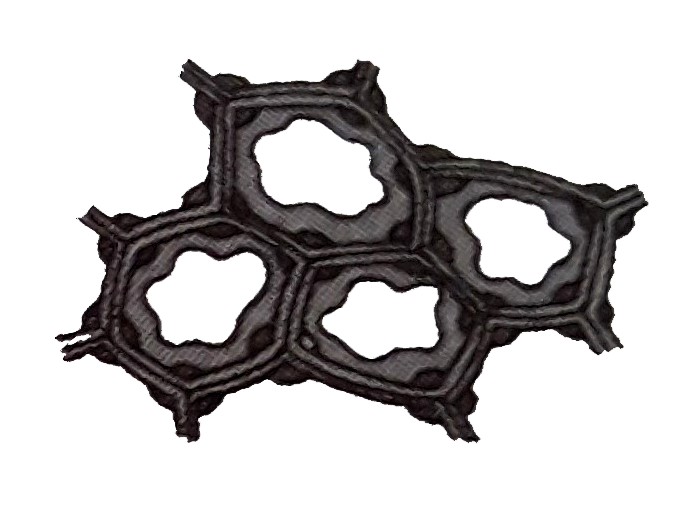Cells of ……... tissue are living, show angular wall thickenings and provide mechanical support.
xylem
sclerenchyma
Collenchymas
Epidermis
The correct Answer is:C
To solve the question, we need to analyze the characteristics of the given tissue types and determine which one fits the description provided in the question.
1. Understanding the Question: The question states that the cells of a certain tissue are living, show angular wall thickenings, and provide mechanical support.
2. Analyzing the Options:
- Option 1: Xylem:
- Xylem is primarily responsible for the conduction of water and minerals in plants.
- The cells in xylem (like tracheids and vessels) are dead at maturity.
- Therefore, this option is incorrect because the question specifies that the tissue must have living cells.
- Option 2: Sclerenchyma:
- Sclerenchyma cells are known for their thick, lignified walls and are primarily involved in providing structural support.
- However, sclerenchyma cells are dead at maturity.
- Thus, this option is also incorrect as it does not meet the requirement of having living cells.
- Option 3: Parenchyma:
- Parenchyma cells are living cells that can perform various functions including storage, photosynthesis, and tissue repair.
- They often have thin walls but can also show angular wall thickenings in certain types (like collenchyma).
- They provide mechanical support as well, especially in young and growing parts of the plant.
- Therefore, this option fits all the criteria mentioned in the question.
- Option 4: Epidermis:
- The epidermis is the outer layer of cells covering the plant.
- While the epidermal cells are living, they do not typically show angular wall thickenings.
- Hence, this option is not correct for the given question.
3. Conclusion: After analyzing all the options, the correct answer is Option 3: Parenchyma.
Final Answer:
The correct answer is Parenchyma.
- Option 1: Xylem:
- Xylem is primarily responsible for the conduction of water and minerals in plants.
- The cells in xylem (like tracheids and vessels) are dead at maturity.
- Therefore, this option is incorrect because the question specifies that the tissue must have living cells.
- Option 2: Sclerenchyma:
- Sclerenchyma cells are known for their thick, lignified walls and are primarily involved in providing structural support.
- However, sclerenchyma cells are dead at maturity.
- Thus, this option is also incorrect as it does not meet the requirement of having living cells.
- Option 3: Parenchyma:
- Parenchyma cells are living cells that can perform various functions including storage, photosynthesis, and tissue repair.
- They often have thin walls but can also show angular wall thickenings in certain types (like collenchyma).
- They provide mechanical support as well, especially in young and growing parts of the plant.
- Therefore, this option fits all the criteria mentioned in the question.
- Option 4: Epidermis:
- The epidermis is the outer layer of cells covering the plant.
- While the epidermal cells are living, they do not typically show angular wall thickenings.
- Hence, this option is not correct for the given question.
The correct answer is Parenchyma.
Similar Questions
Knowledge Check
- Question 1 - Select One
Cells of this tissue are living and show angular wall thickenings. They also provide mechanical support. The tissue is
AxylemBsclerenchymaCcollenchymaDepidermis. - Question 2 - Select One
________is a living mechanical tissue.
A B
B C
C Dboth a and b
Dboth a and b - Question 3 - Select One
Which is living mechanical tissue?
AphloemBparenchymaCcollenchymaDsclerenchyma
Cells of this tissue are living and show angular wall thickning. They also provide mechanical support. The tissue is
View SolutionHypodermis provides mechanical support in
View SolutionName a simple living mechanical tissue.
View SolutionRead the following statements about the living plant tissue which has irregular thickenings and identify the false statement .
I. The cell wall is rigid without any intercellular spaces.
II.It is found in the form of a single - layered hypodermis of the herbaceous dicotyledonous stem.
III. It is mostly found in monocots and roots .
IV The main function in provide flexible mechanical support and tensile strength .View SolutionThe cytoskeleton in a cell is involved in mechanical support and motility
View Solution

